

Articles
How To Store Extra Dining Room Chairs
Modified: January 6, 2024
Discover the best articles on how to effectively store extra dining room chairs to maximize space in your home. Streamline your organization with these useful tips and tricks.
(Many of the links in this article redirect to a specific reviewed product. Your purchase of these products through affiliate links helps to generate commission for Storables.com, at no extra cost. Learn more)
Introduction
Having extra dining room chairs can be a blessing when entertaining guests or hosting large gatherings. However, it can sometimes pose a challenge when it comes to storing them efficiently. Whether you’re downsizing, renovating your dining space, or simply need to free up some room, finding a suitable storage solution for your extra dining room chairs is essential.
In this article, we will explore various methods and tips on how to store extra dining room chairs effectively. From assessing the available space to choosing the right storage solution, you’ll discover practical advice to keep your chairs safe, clean, and well-organized until they’re needed again.
So, let’s dive in and find the best way to store those extra dining room chairs!
Key Takeaways:
- Efficiently store extra dining room chairs by assessing space, cleaning, disassembling, and wrapping with protective materials. Choose between upright or stacked storage and label and organize chairs for easy retrieval.
- Explore alternative storage options such as wall-mounted racks, overhead storage, under-bed storage, and furniture grippers to optimize space and preserve dining room chairs. Consider climate-controlled, secure, and accessible storage spaces for long-term preservation.
Read more: How To Store Extra Dining Chairs
Assessing the Space
The first step in storing extra dining room chairs is to assess the available space you have for storage. Consider the size and layout of your storage area to determine how many chairs you can accommodate and how they can be stored efficiently.
If you have a separate storage room or basement, measure the dimensions of the space to ensure that the chairs will fit comfortably. Take note of any obstacles or restrictions that may affect the arrangement of the chairs, such as low ceilings or narrow doorways.
Alternatively, if you don’t have a designated storage area, you can explore other options such as utilizing unused closet space, under-bed storage containers, or even renting a storage unit if necessary. Remember to consider accessibility and convenience when choosing the storage location for your chairs.
Once you have assessed the space, calculate how many chairs can be stored without overcrowding the area. It’s crucial to have enough room for easy maneuverability and accessibility to prevent any damage to the chairs during storage and retrieval.
If you are tight on space, you may need to prioritize which chairs to store based on their frequency of use or value. Consider storing chairs that are in less frequent use or those that can be easily replaced. This will help make the most efficient use of your available storage space.
By taking the time to assess the space you have, you can determine the best approach for storing your extra dining room chairs and optimize the use of your storage area.
Cleaning and Prep
Before storing your extra dining room chairs, it’s crucial to clean and prepare them properly to ensure their longevity and maintain their condition. Here are some essential steps to follow:
1. Dusting: Begin by dusting off the chairs using a soft cloth or a feather duster. This will remove any loose dirt or debris that may have accumulated on the chairs.
2. Vacuuming or Brushing: For chairs with fabric upholstery, use a vacuum cleaner with an upholstery attachment to remove any dust or particles. If your chairs have wooden or metal frames, use a soft brush or a microfiber cloth to remove any dirt or grime.
3. Spot Cleaning: If there are any stains or spills on the chairs, spot clean them according to the manufacturer’s instructions. Use a gentle cleanser or upholstery cleaner specifically designed for the material of your chairs. Be sure to test the cleaner on a small, inconspicuous area first to ensure it doesn’t cause any damage.
4. Drying: Allow the chairs to dry completely before storing them to prevent mold or mildew growth. If necessary, use a fan or open a window to aid in the drying process.
5. Disinfecting: If desired, you can also use a mild disinfectant spray or wipes to sanitize the chairs, especially if they have been exposed to food or drink spills. This step is particularly important if you plan to store the chairs for an extended period of time.
6. Removing Cushions: If your chairs have removable cushions, take them off and clean them separately according to the manufacturer’s instructions. Make sure they are completely dry before reattaching them to the chairs or placing them in storage.
By cleaning and prepping your extra dining room chairs before storage, you’ll not only keep them in good condition but also ensure a clean and fresh start the next time you bring them out for use.
Disassembling Chairs
Disassembling your dining room chairs can help save space and make storage more efficient. Not all chairs are designed to be disassembled, so consider the construction of your chairs before attempting to take them apart. Here are some steps to follow:
1. Check for Removable Parts: Begin by inspecting your chairs for any removable parts, such as seat cushions, arms, or legs. Some chairs may have screws or bolts that can be easily loosened to detach these components.
2. Gather Necessary Tools: If your chairs require disassembly, gather the necessary tools such as a screwdriver or Allen wrench. Make sure they are compatible with the type of screws or bolts used in your chairs.
3. Remove Seat Cushions: If your chairs have removable seat cushions, take them off before disassembling the rest of the chair. This will make it easier to access the screws or bolts beneath the cushion.
4. Loosen Screws or Bolts: Using the appropriate tool, carefully loosen the screws or bolts connecting the different parts of the chair. Take note of the order and placement of each component to ensure easy reassembly later.
5. Disassemble Arms or Legs: If your chairs have removable arms or legs, carefully detach them from the chair frame. Keep these parts together and label them if necessary to avoid confusion later.
6. Store Hardware Securely: Place all screws, bolts, and other small hardware in a labeled container or bag. This will prevent them from getting lost and make it easier to find them for reassembly.
7. Keep Assembly Instructions: If your chairs came with assembly instructions, keep them in a safe place. These instructions can be helpful when it’s time to put the chairs back together.
Disassembling your chairs is not only beneficial for storage but can also make transportation easier if you ever need to move them. By taking the time to disassemble your dining room chairs, you can maximize your storage space and keep all the components organized for future use.
Wrapping with Protective Materials
Once your dining room chairs are disassembled, it’s essential to protect them from dust, scratches, and other potential damage during storage. Wrapping them with protective materials can provide an extra layer of safety. Here are some options to consider:
1. Bubble Wrap: Wrapping each chair with bubble wrap can provide cushioning and protection against impacts. Start by covering the seat and backrest, then wrap the bubble wrap around the legs and other components. Use tape or secure the wrap with rubber bands to keep it in place.
2. Furniture Blankets or Pads: If you have large furniture blankets or pads, you can drape them over the chairs to safeguard them from dust and scratches. Secure the blankets with straps or tie them in place to prevent them from slipping off.
3. Plastic Wrap or Shrink Wrap: Another option is to wrap the chairs with plastic wrap or shrink wrap. Start by covering the seat and backrest, then wrap it tightly around the entire chair, including the legs. This will prevent dust and dirt from getting in and protect the chairs from scratches. Remember to leave the bottom of the chair unwrapped to allow air circulation and prevent the build-up of moisture.
4. Furniture Covers: If you prefer a more tailored and secured option, consider using furniture covers designed specifically for chairs. These covers typically have elastic or drawstring closures to provide a snug fit and protect the chairs from dust and dirt.
5. Cardboard or Foam Padding: For extra protection, place cardboard or foam padding between the chairs or on vulnerable areas such as the legs or armrests. This will provide additional cushioning and prevent any accidental bumps or knocks during storage.
6. Protecting Upholstered Parts: If your chairs have fabric upholstery, consider using plastic or fabric covers designed specifically for protecting upholstery. These covers will shield the fabric from dust, potential spills, or stains during storage.
Be sure to label each wrapped chair or component to make it easier to identify and locate them when needed. By wrapping your dining room chairs with protective materials, you can ensure their safety during storage and maintain their pristine condition for future use.
Consider storing extra dining room chairs by stacking them neatly in a corner or closet to save space. You can also use chair storage bags to protect them from dust and damage.
Read more: How To Store Extra Dining Chairs
Storing Chairs Upright or Stacked
When it comes to storing extra dining room chairs, there are two main options to consider: storing them upright or stacked. The choice will depend on the space available, the design of the chairs, and personal preference. Here are the advantages of each method:
Storing Chairs Upright:
Storing chairs upright is a popular choice as it takes up less space and allows for easy access to individual chairs. Here are some tips for storing chairs upright:
- Arrange the chairs in a row, with the seats and backs facing outward.
- Ensure that the chairs are stable and securely positioned to prevent them from toppling over.
- If the chairs have removable seat cushions, store them separately to prevent them from misshaping or getting damaged.
- Consider using chair racks or hooks attached to the wall to keep the chairs in place and maximize vertical storage.
- Label each chair or use color-coded tags to easily identify them when needed.
Stacking Chairs:
Stacking chairs can be a suitable option when storage space is limited or when the chairs are designed to be stacked. Here are some tips for stacking chairs:
- Start by placing a protective barrier, such as a towel or foam padding, between each chair to prevent scratches and damage.
- Stack the chairs evenly, ensuring that each chair is aligned properly to maintain stability.
- If possible, avoid stacking chairs more than four or five high to prevent the chairs at the bottom from bearing too much weight.
- If the chairs have removable seat cushions, stack them separately or place them on the top chair to keep them protected.
- Consider using stackable chair covers or stretch wrap to keep the chairs securely stacked and protected from dust.
Remember to take into account the weight and size of the chairs when determining whether stacking or storing upright is the best option. If you are unsure, consult the manufacturer’s guidelines or seek professional advice.
Whether you choose to store your dining room chairs upright or stacked, ensure that they are stored in a clean, dry, and well-ventilated area to prevent any damage due to moisture or humidity.
By selecting the appropriate method of storage for your chairs, you can optimize your available space and maintain the chairs’ integrity during their time in storage.
Labeling and Organizing
Labeling and organizing your stored dining room chairs is essential for easy retrieval and efficient use of space. Here are some tips to help you label and organize your chairs:
1. Use Clear and Visible Labels: Label each chair or chair component with a clear and visible tag or label. Include information such as the chair’s identification number, description, or any relevant details that will help you easily identify and locate the chairs when needed.
2. Color Coding: Consider using a color-coding system to organize your chairs. Assign different colors to specific groups of chairs or based on their use or condition. For example, you can use one color for chairs used in formal dining occasions and another color for chairs used for casual gatherings.
3. Create an Inventory List: Maintain an inventory list of the chairs you have in storage. Include details such as the chair’s description, quantity, location, and any additional notes or remarks. This will help you keep track of your inventory and facilitate easier management of your stored chairs.
4. Arrange Chairs Systematically: Group chairs together based on their similarity, such as by design, material, or size. This will make it easier to locate and retrieve specific chairs when needed. Create sections or designated areas for different groups of chairs to maintain a well-organized storage space.
5. Consider Storage Solutions: Explore storage solutions such as shelves, racks, or storage bins to keep the chairs organized and prevent them from shifting or getting damaged. Use adjustable shelving or racks to accommodate chairs of different sizes and configurations.
6. Maintenance and Rotation: Regularly inspect and maintain your stored chairs to ensure they remain in good condition. Consider rotating the chairs periodically, especially if they are not being used regularly, to prevent any potential damage from prolonged storage.
7. Accessibility: Arrange your chairs in a way that allows for easy access to each chair without unnecessary shifting or moving of other items. Keep frequently used chairs or those needed for upcoming events within easy reach.
By labeling and organizing your stored dining room chairs, you can establish a streamlined and efficient system that will save you time and effort when retrieving the chairs and ensure their long-term preservation.
Choosing the Right Storage Space
Choosing the right storage space for your extra dining room chairs is crucial in ensuring their safety and preservation. Consider the following factors when selecting a storage space:
1. Climate Control: If possible, opt for a storage area with climate control. Extreme temperatures or high humidity can damage the chairs, especially if they are made of wood or have fabric upholstery. Climate-controlled storage will help maintain a stable environment and prevent any potential moisture or temperature-related issues.
2. Security: Look for a storage facility or area with adequate security measures, such as surveillance cameras, access controls, and secure locks. This will give you peace of mind knowing that your chairs are protected from theft and unauthorized access.
3. Cleanliness: Choose a storage space that is clean and free from dust, pests, and potential contaminants. A clean environment will help preserve the chairs and prevent any damage or deterioration over time.
4. Accessibility: Consider the accessibility of the storage space. If you anticipate needing to retrieve the chairs frequently or on short notice, opt for a storage area that allows easy access. This could be placing the chairs in a nearby closet or using a storage solution within your home.
5. Size and Capacity: Evaluate the size and capacity of the storage space to ensure it can accommodate the number of chairs you have. Measure the dimensions of the space and compare it to the size of the chairs to ensure a proper fit and efficient use of the available area.
6. Maintenance: Consider any maintenance requirements of the storage space. Ensure that it is well-maintained, free from leaks or structural issues that could potentially damage the chairs. Avoid storing chairs in areas with potential water or moisture exposure.
7. Cost and Budget: Take into account the cost of the storage space and your budget. If you are renting a storage unit, compare different options and consider the value and importance of the chairs to determine the amount you are willing to invest in their safekeeping.
Ultimately, choosing the right storage space for your dining room chairs will help ensure their preservation and extend their lifespan. Take the time to evaluate your options and select a storage solution that meets your needs and provides optimal conditions for the chairs.
Alternatives to Traditional Storage
While traditional storage options such as closets, basements, or storage units are commonly used for storing extra dining room chairs, there are also alternative solutions that can be equally effective. Consider the following alternatives when deciding on storage options:
1. Wall-Mounted Racks: If you’re short on floor space, consider utilizing wall-mounted racks specifically designed for storing chairs. These racks can be installed on the wall, allowing you to hang and store your chairs vertically, saving valuable floor space.
2. Overhead Storage: Make use of overhead storage space in your garage, shed, or attic. Install sturdy overhead racks or shelving to store your chairs, taking advantage of the vertical space. Ensure the chairs are secured properly and do not pose a safety hazard.
3. Under-Bed Storage: Utilize the space under your bed to store your dining room chairs. Invest in low-profile storage containers or bags that can easily slide under the bed. This option is ideal for those with limited space and provides a convenient and accessible storage solution.
4. Furniture Grippers: If you still want to keep your chairs in your dining area but need to free up space, consider using furniture grippers. These small pads can be attached to the bottom of the chair legs, allowing you to easily slide them against the wall when not in use. This way, you can create additional space in your dining area without having to move the chairs to a separate storage location.
5. Repurpose Furniture: Look for furniture pieces in your home that can be utilized for dual purposes. For example, a large storage ottoman or a bench with storage can be used to store extra chairs while also providing additional seating or storage options in your living or dining area.
6. Bag and Vacuum Seal: Consider using vacuum-sealed storage bags to compress and store your chairs. This method is particularly useful for chairs made of fabric or upholstered material as it helps reduce the size and protects them from dirt and dust. Vacuum sealing also reduces the amount of air and moisture in the bags, which can benefit the chairs’ long-term preservation.
7. Rentable Storage Pods: If you prefer a flexible and on-demand solution, consider renting storage pods. These portable storage containers can be delivered to your location, allowing you to load and store your chairs at your convenience. Once filled, the storage pod can be transported to a secure facility or kept on your property until you need access to your chairs again.
By exploring alternative storage methods, you can find creative and efficient solutions to store your dining room chairs while optimizing the available space in your home. Think outside the box and consider what works best for your unique situation.
Read more: How To Store Dining Room Chairs
Conclusion
Storing extra dining room chairs can seem challenging, but with the right approach, you can find a suitable storage solution that keeps your chairs safe, organized, and easily accessible. Assessing the available space, cleaning and prepping the chairs, and disassembling them are important initial steps to take. Wrapping the chairs with protective materials and choosing the right storage method, whether upright or stacked, will help preserve them during their time in storage.
Labeling and organizing your chairs, along with considering alternatives to traditional storage, can further enhance the efficiency and convenience of your storage system. By utilizing wall-mounted racks, overhead storage, under-bed storage, or repurposing existing furniture, you can optimize your available space and find creative ways to store your chairs.
Whether you opt for climate-controlled storage, secure storage units, or alternative storage solutions, it’s crucial to prioritize the cleanliness, accessibility, and maintenance of the chosen storage space. By following these guidelines, you can ensure the longevity and preservation of your dining room chairs, so they will be in optimal condition when you are ready to use them again.
Remember to take into account your budget and personal preferences when selecting storage options. Each chair is an investment, and proper storage will help extend their lifespan and maintain their value over time.
With the right storage methods and organization, you can keep your extra dining room chairs stored safely and efficiently, freeing up space in your home while ensuring they remain in excellent condition until their next use.
So, go ahead and implement these tips to store your extra dining room chairs with care and ease!
Frequently Asked Questions about How To Store Extra Dining Room Chairs
Was this page helpful?
At Storables.com, we guarantee accurate and reliable information. Our content, validated by Expert Board Contributors, is crafted following stringent Editorial Policies. We're committed to providing you with well-researched, expert-backed insights for all your informational needs.
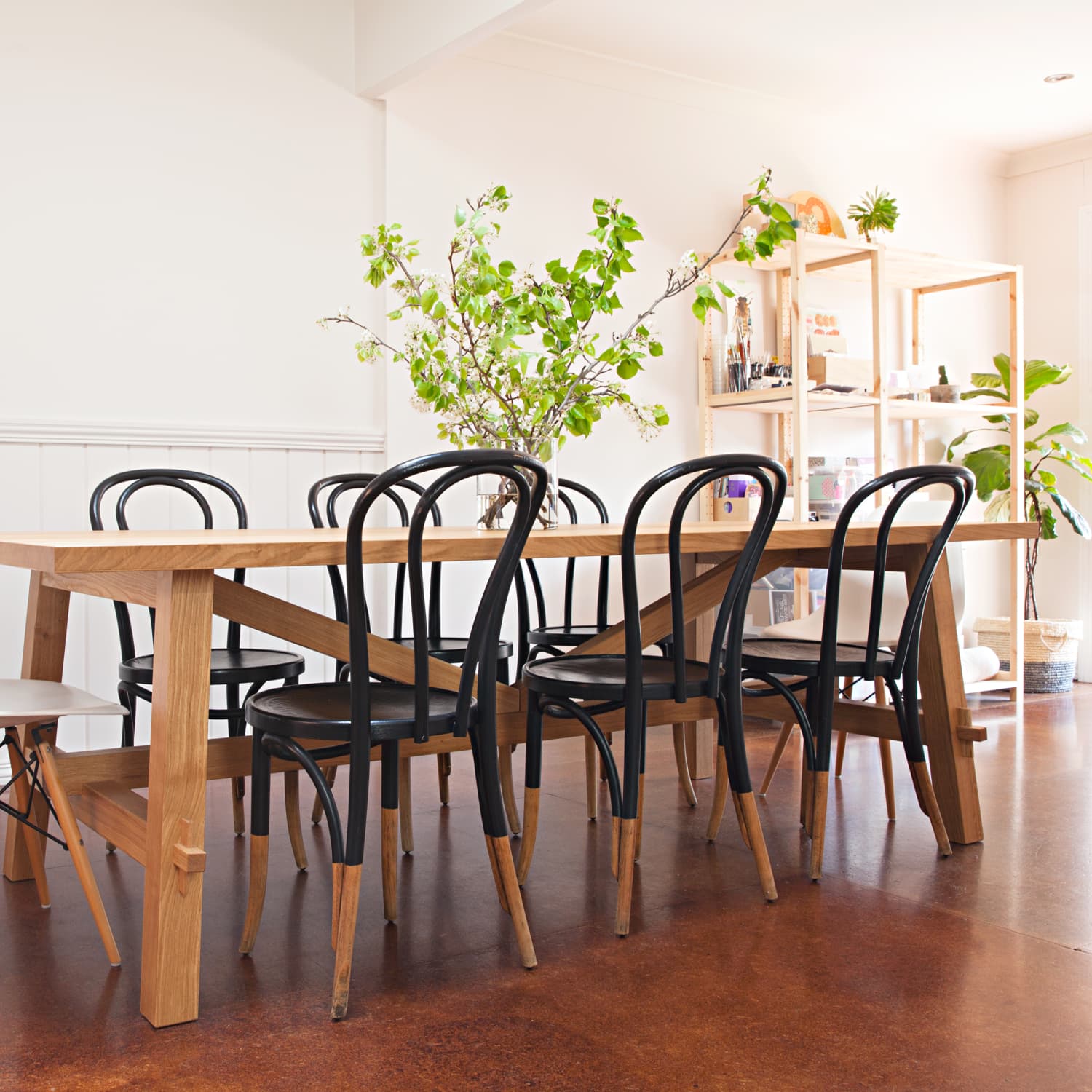
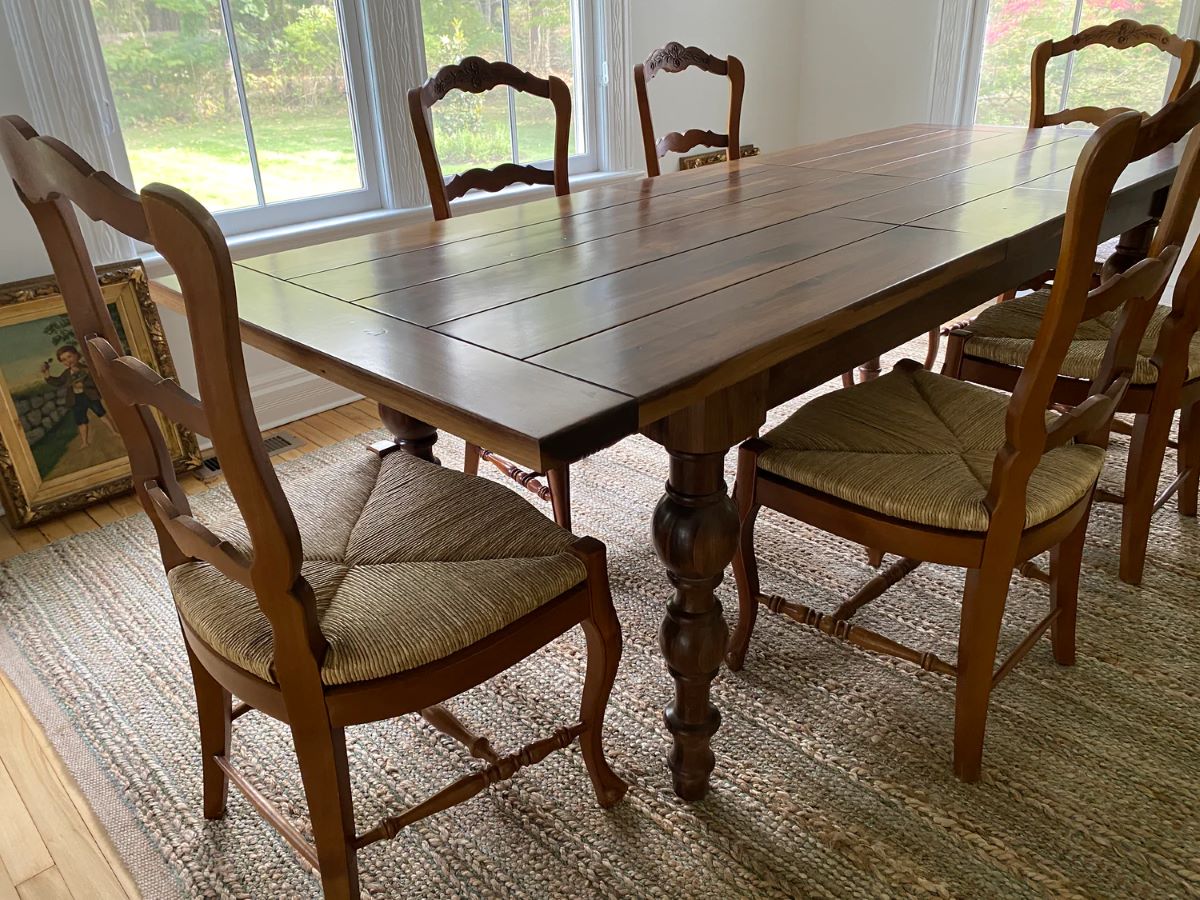
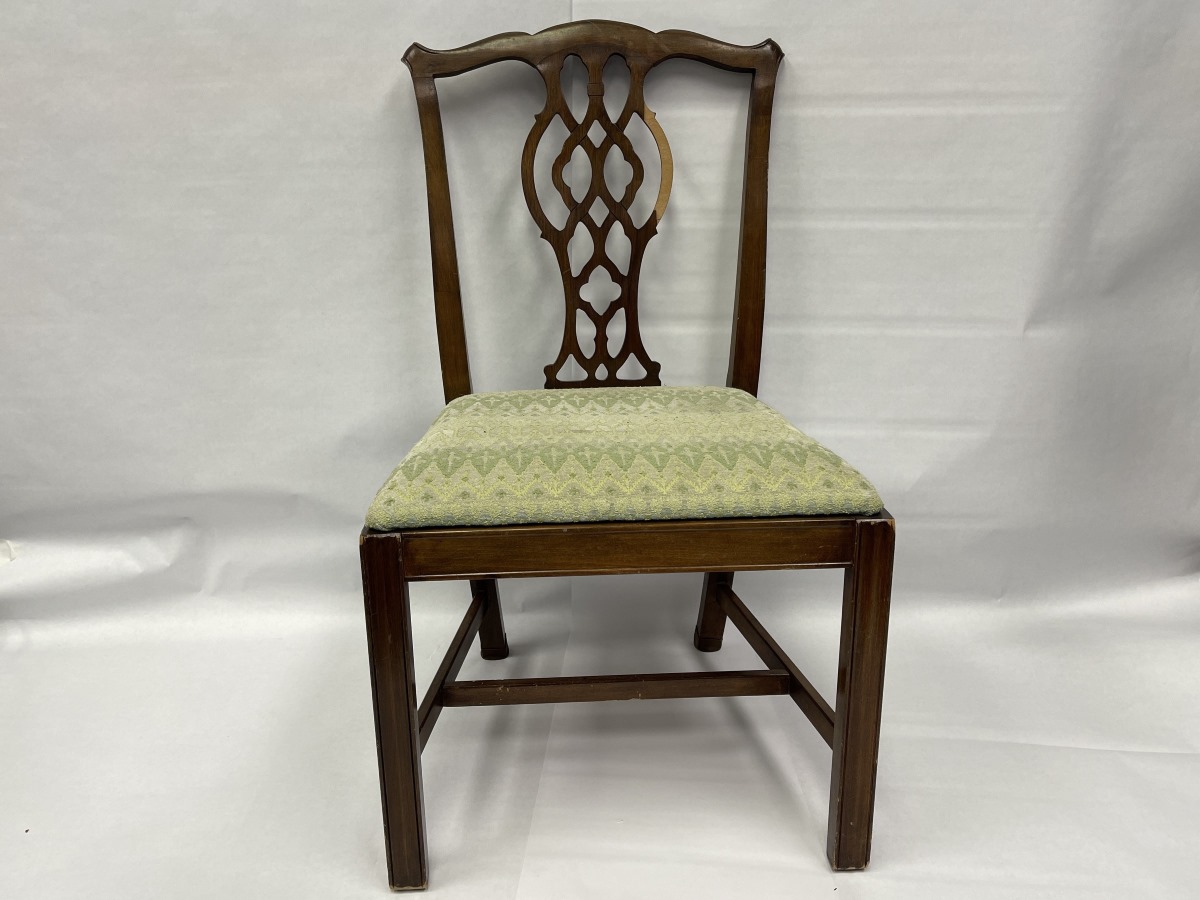
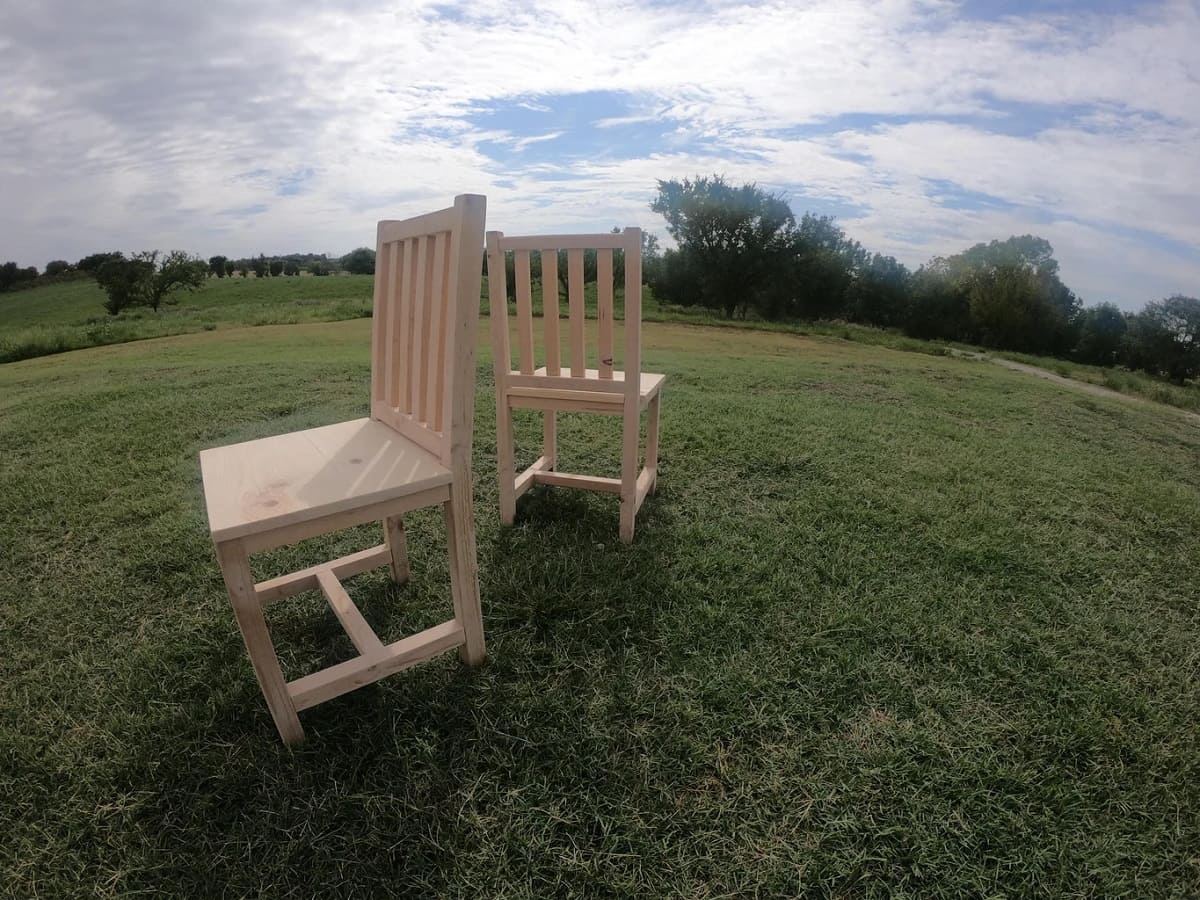
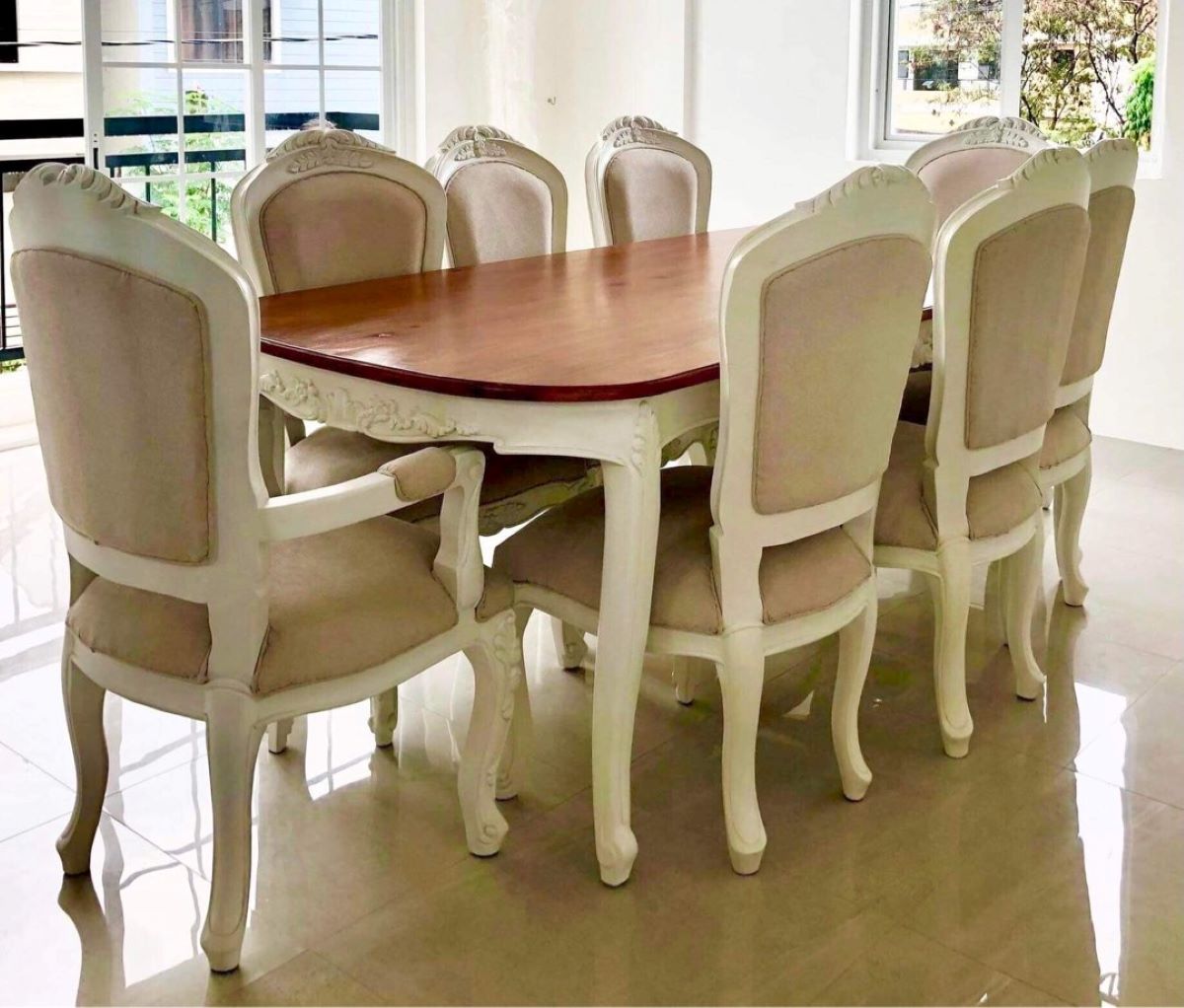
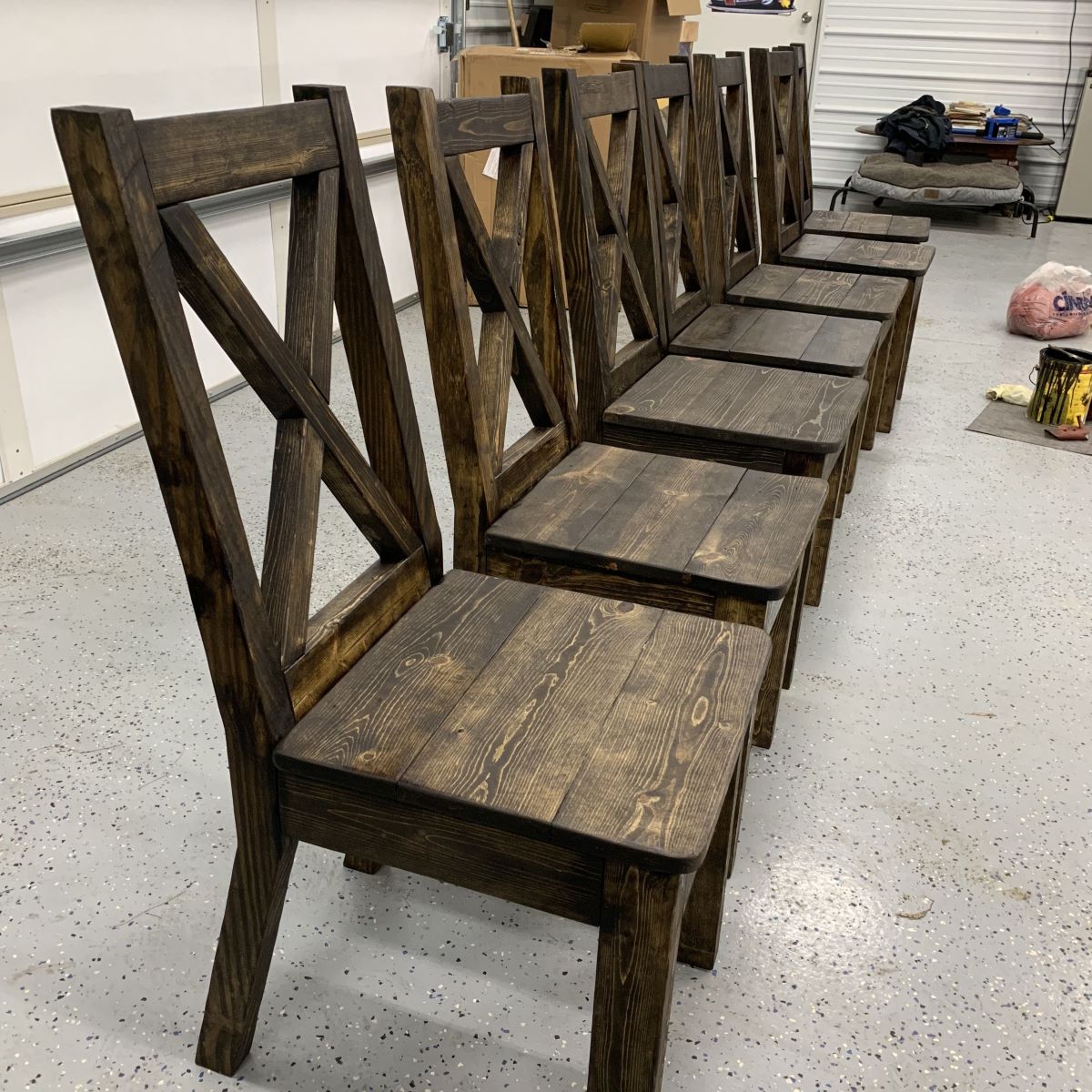
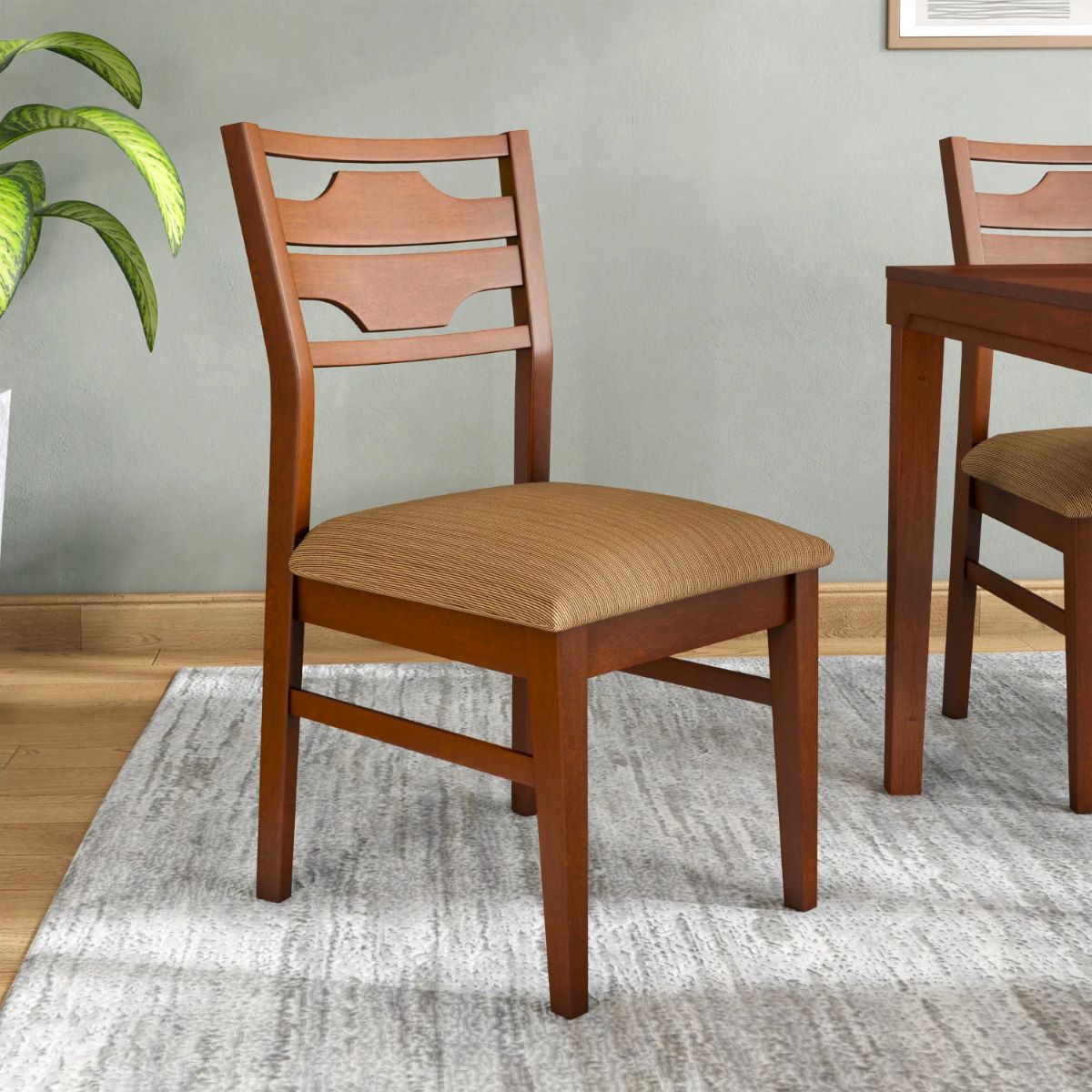
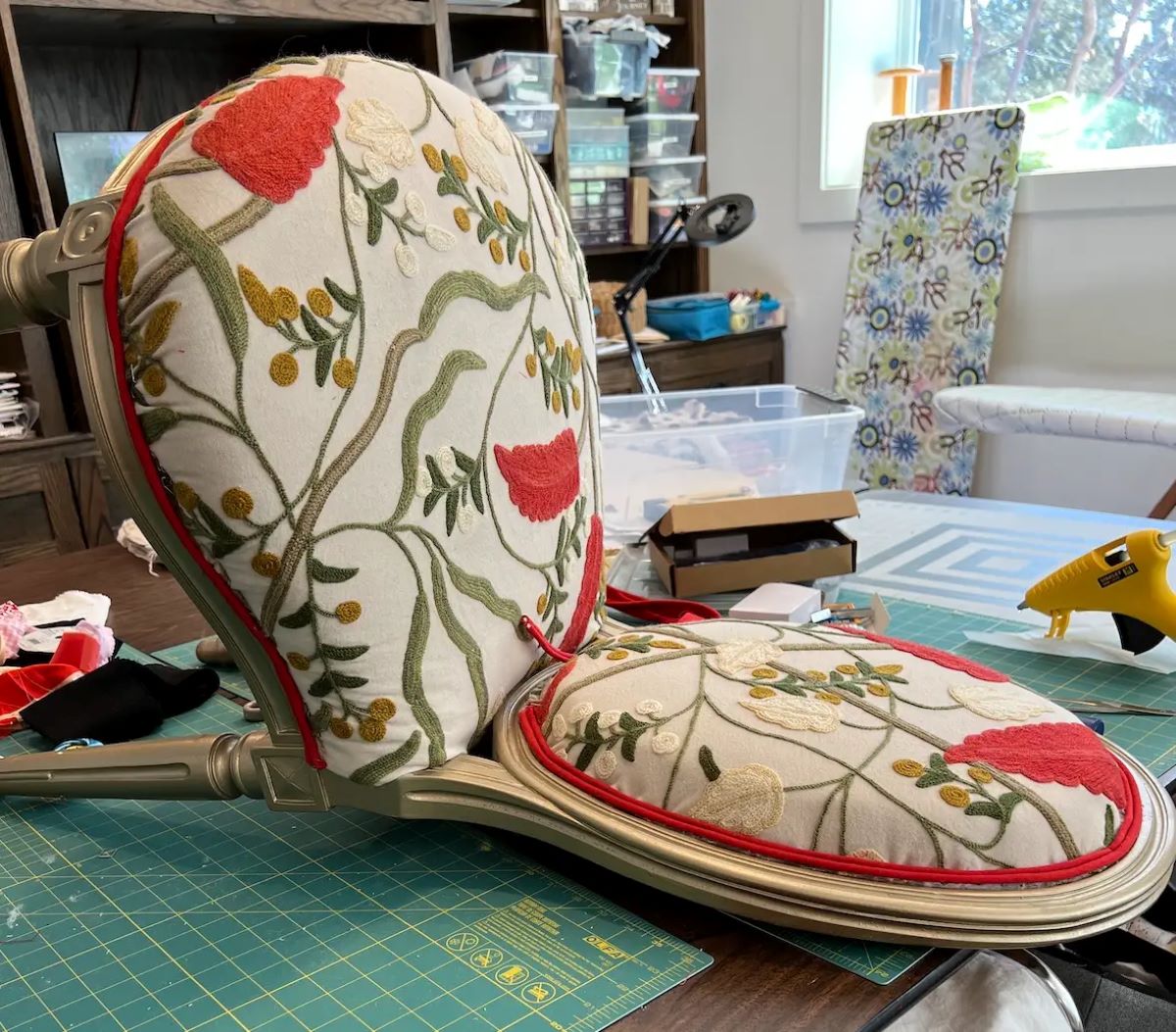
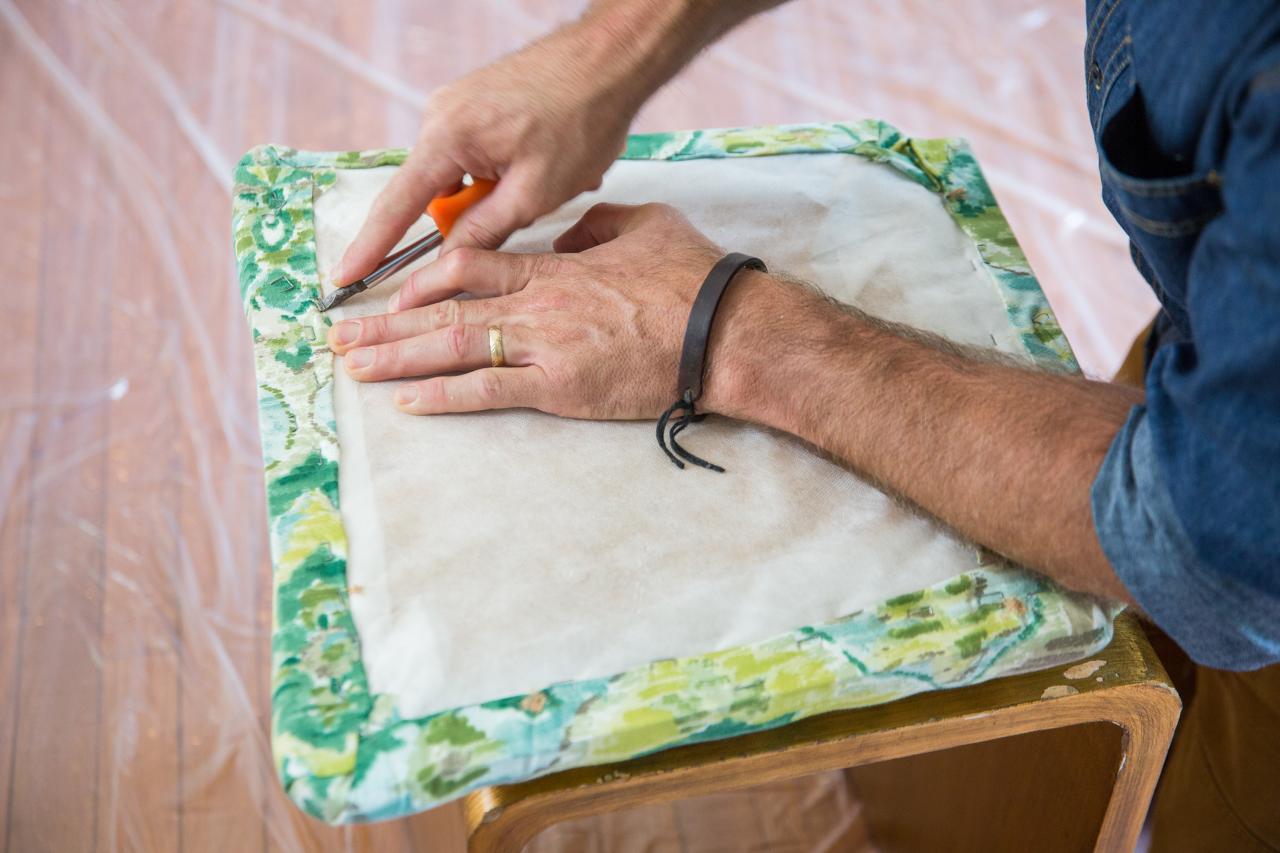
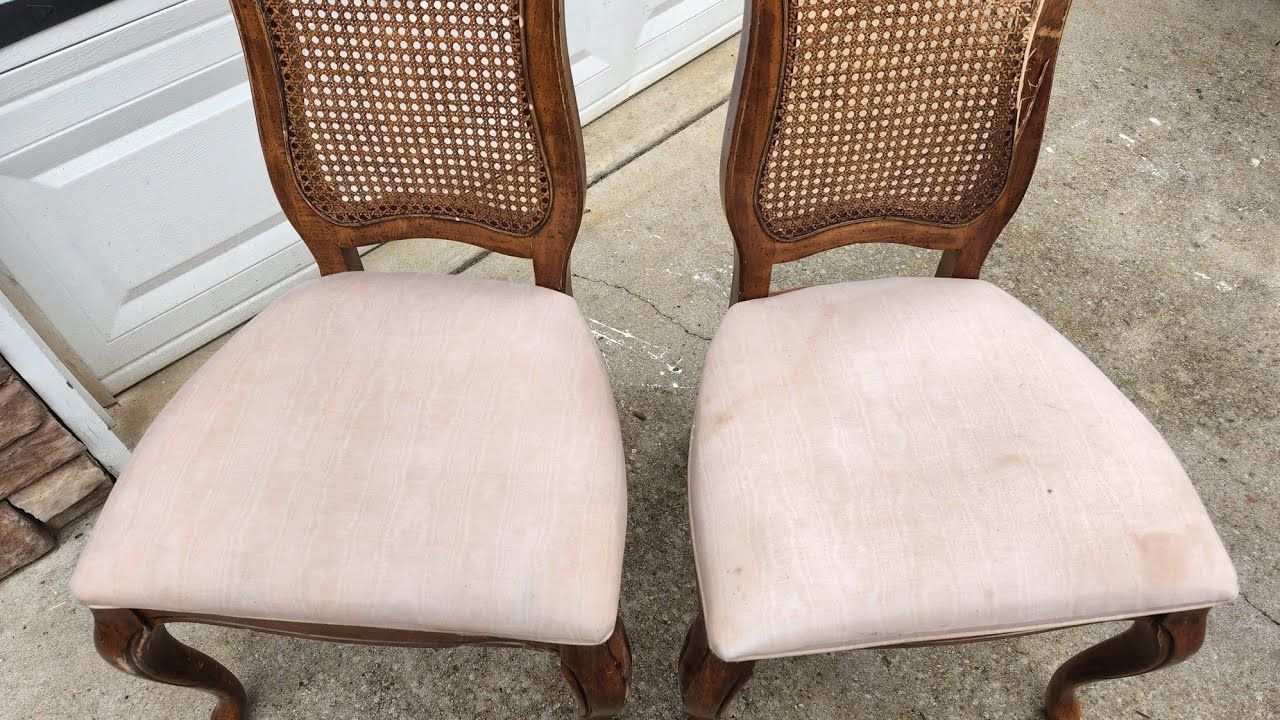

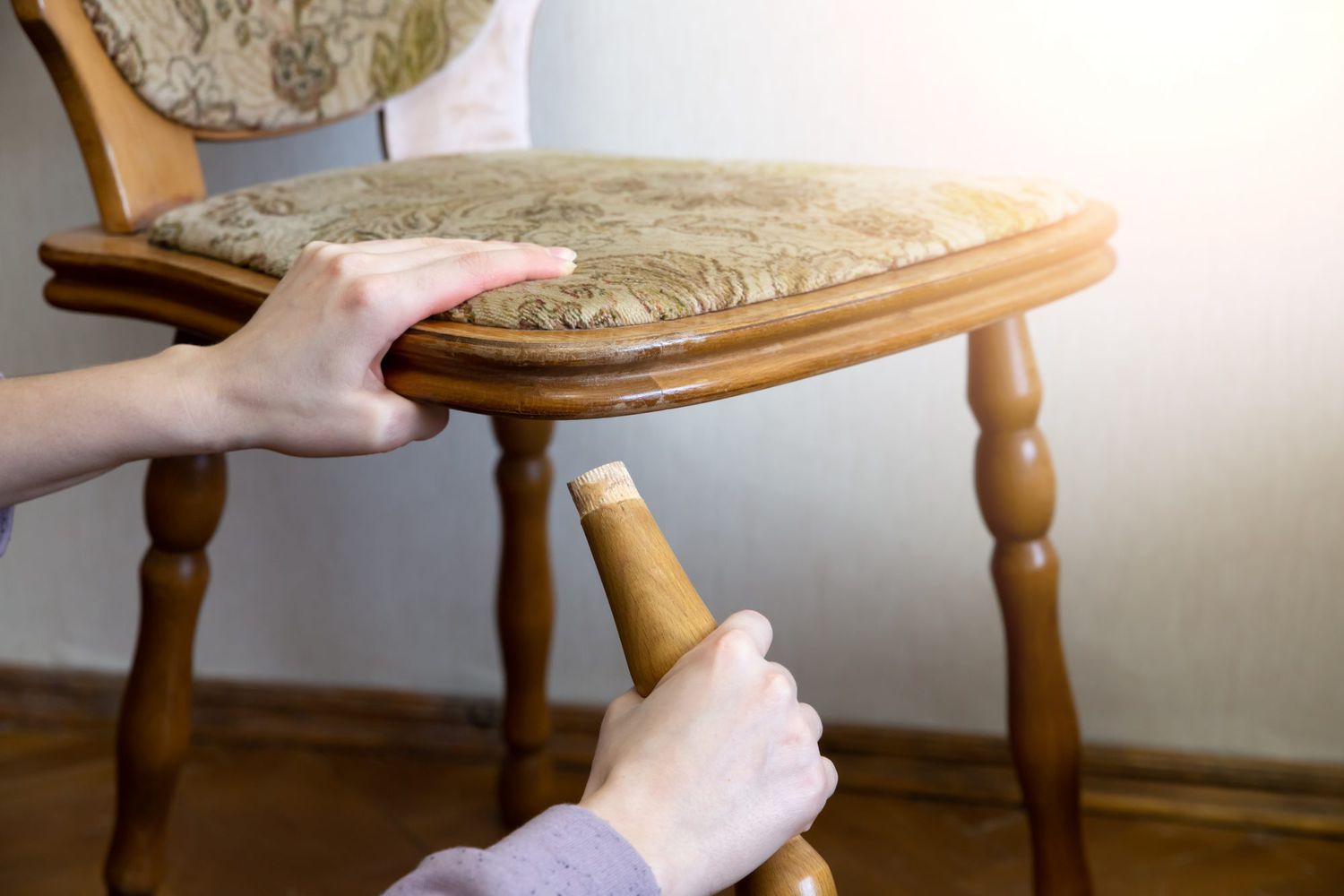
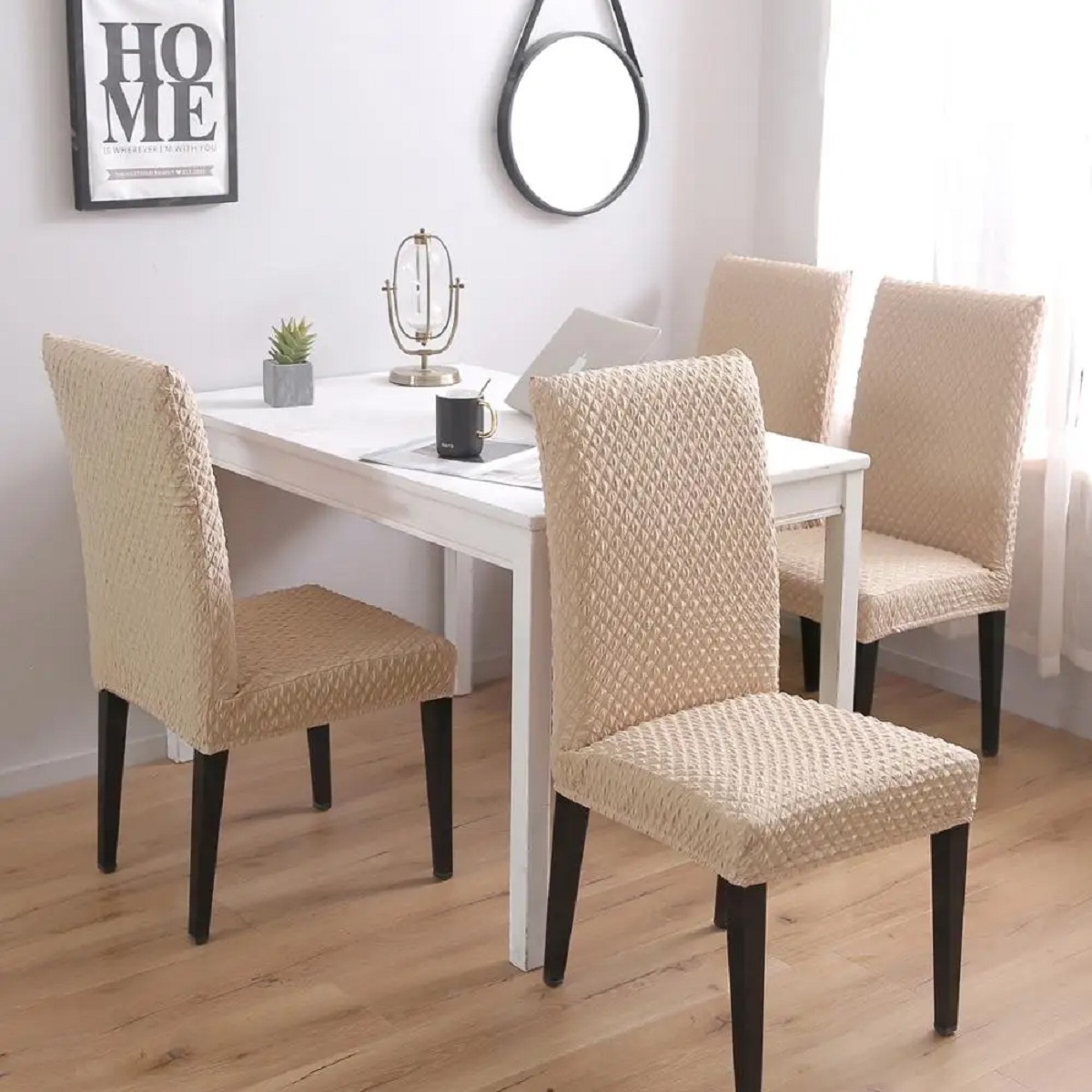

0 thoughts on “How To Store Extra Dining Room Chairs”